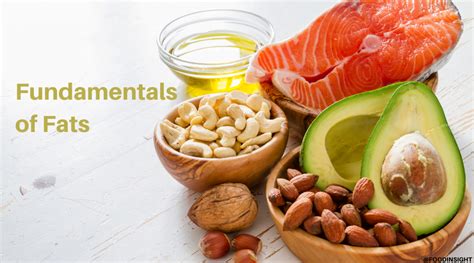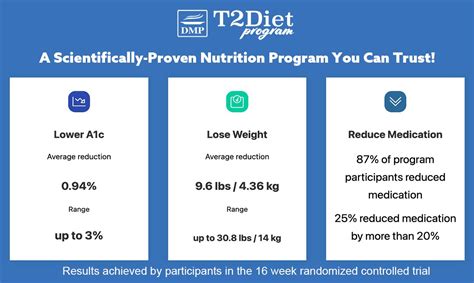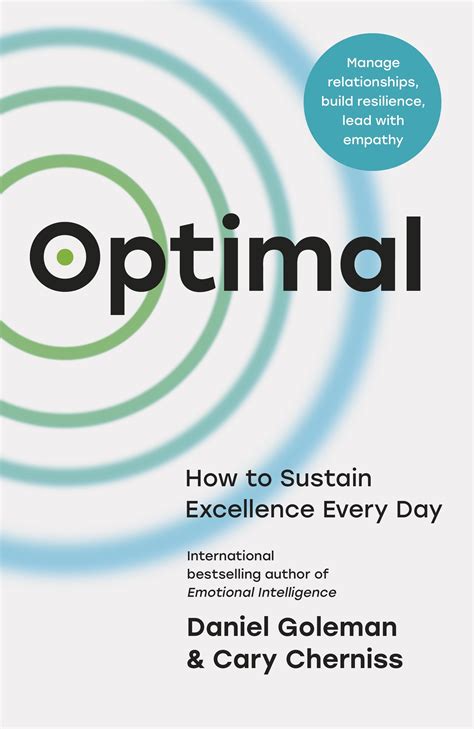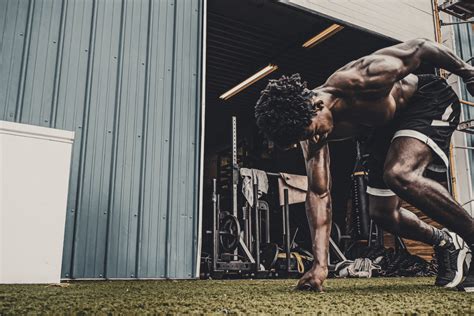How to efficiently break strength plateaus for peak muscle & performance gains?
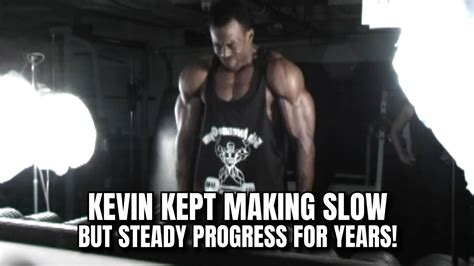
Hitting a strength plateau can be one of the most frustrating experiences in your fitness journey. You’re putting in the work, but the numbers on the bar or your performance metrics just aren’t moving. This stagnation is a natural part of adaptation, but it doesn’t mean your progress has to end. By understanding the underlying causes and implementing smart, strategic adjustments, you can efficiently break through these barriers and continue your ascent towards peak muscle and performance gains.
Understand the “Why” Behind the Plateau
Before you can break a plateau, it’s crucial to understand why it’s happening. Often, it’s a combination of factors:
- Lack of Progressive Overload: Your body adapts to the stimulus you provide. If you’re not consistently challenging it in new ways, it has no reason to get stronger or bigger.
- Insufficient Recovery: Overtraining, poor sleep, and high stress levels hinder your body’s ability to repair and rebuild muscle tissue.
- Poor Nutrition: Inadequate caloric intake, especially protein, can prevent muscle growth and recovery.
- Technique Flaws: Suboptimal form can limit the amount of weight you can lift safely and effectively, or shift the load away from target muscles.
- Monotony: Doing the same exercises, rep ranges, and set schemes for too long can lead to adaptation and boredom.
The Core Principle: Strategic Progressive Overload
Progressive overload is the fundamental driver of strength and muscle gain. When you hit a plateau, it doesn’t mean you stop trying to overload; it means you need to get smarter about how you apply it. Beyond simply adding weight, consider these forms of progressive overload:
- Increase Reps or Sets: If you can’t add weight, try to do one more rep or an extra set with the same weight.
- Decrease Rest Time: Shorter rest periods between sets increase the density of your workout.
- Increase Frequency: If you’re recovering well, an extra session per week for a lagging body part can provide a new stimulus.
- Improve Technique: A more efficient movement pattern can allow you to lift more weight or perform more reps with better control.
- Increase Time Under Tension (TUT): Slow down the eccentric (lowering) phase of an exercise to increase muscle activation and challenge.

Optimize Recovery and Nutrition
You don’t grow in the gym; you grow when you recover from the gym. Neglecting recovery is a surefire way to stall progress. Prioritize:
- Sleep: Aim for 7-9 hours of quality sleep per night. This is when your body repairs itself most effectively.
- Nutrition: Ensure you’re consuming enough calories to support your activity level and muscle growth. A slight caloric surplus is often necessary for breaking strength plateaus. Crucially, hit your protein target (1.6-2.2g per kg of body weight) to fuel muscle repair. Don’t forget healthy fats and complex carbohydrates for energy.
- Hydration: Drink plenty of water throughout the day. Dehydration can significantly impair performance and recovery.
- Active Recovery: Light cardio, stretching, foam rolling, or massage can aid blood flow and reduce muscle soreness.

Implement Deloads and Periodization
Sometimes, the best way to move forward is to take a step back. A deload week involves intentionally reducing your training volume and/or intensity (e.g., 50-70% of usual weight/reps) for a short period, typically one week. This allows your central nervous system and muscles to fully recover, often leading to a surge in strength when you return to your regular training.
Periodization involves structuring your training into distinct phases, each with a specific goal (e.g., strength, hypertrophy, endurance). This cyclic approach prevents adaptation, reduces overtraining risk, and keeps your body guessing. For example, you might spend 4-6 weeks focusing on high-volume hypertrophy work, followed by 3-4 weeks of lower-volume, higher-intensity strength work.

Vary Your Training Stimulus
If you’ve been doing the same exercises and rep schemes for months, your body has likely become highly efficient at them. Introducing novelty can provide a fresh stimulus:
- Exercise Variation: Swap out a barbell back squat for a front squat, box squat, or safety bar squat. Change incline dumbbell press to flat barbell press. These variations work the same muscle groups from slightly different angles, challenging stabilizing muscles and motor patterns.
- Rep Range Variation: If you primarily train in the 5-8 rep range for strength, try a block of 3-5 reps for pure strength, or 8-12 reps for hypertrophy, or even 15-20 reps for muscular endurance.
- Tempo Training: Manipulate the speed of your lifts.
- Unilateral Work: Incorporate single-limb exercises like lunges, single-arm rows, or pistol squats to address imbalances and build core stability.
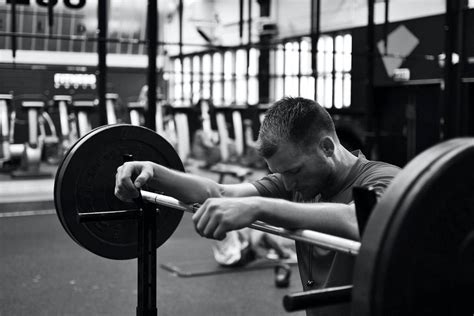
Address Weak Links and Technique
Often, a plateau in a big compound lift (like the squat or deadlift) isn’t due to a general lack of strength, but rather a specific weakness in one part of the movement or a subtle technique flaw.
- Identify Sticking Points: Where do you typically fail a lift? Is it at the bottom of a squat, off the chest during a bench press, or off the floor during a deadlift?
- Accessory Work: Program exercises that specifically target those weak areas. For a sticking point at the top of a bench press, consider close-grip bench press or triceps extensions. For deadlift lockout issues, try rack pulls or good mornings.
- Form Review: Film yourself lifting and analyze your technique. A slight adjustment in foot position, grip, or bracing can make a significant difference. Consider getting feedback from an experienced coach.

Conclusion
Breaking strength plateaus requires a thoughtful, multi-faceted approach. It’s not about working harder, but working smarter. By strategically implementing progressive overload, optimizing recovery and nutrition, utilizing deloads and periodization, varying your training stimulus, and addressing any weak links or technique flaws, you’ll be well-equipped to blast through barriers and continue making consistent, impressive gains in both muscle and performance. Stay patient, stay consistent, and trust the process.



